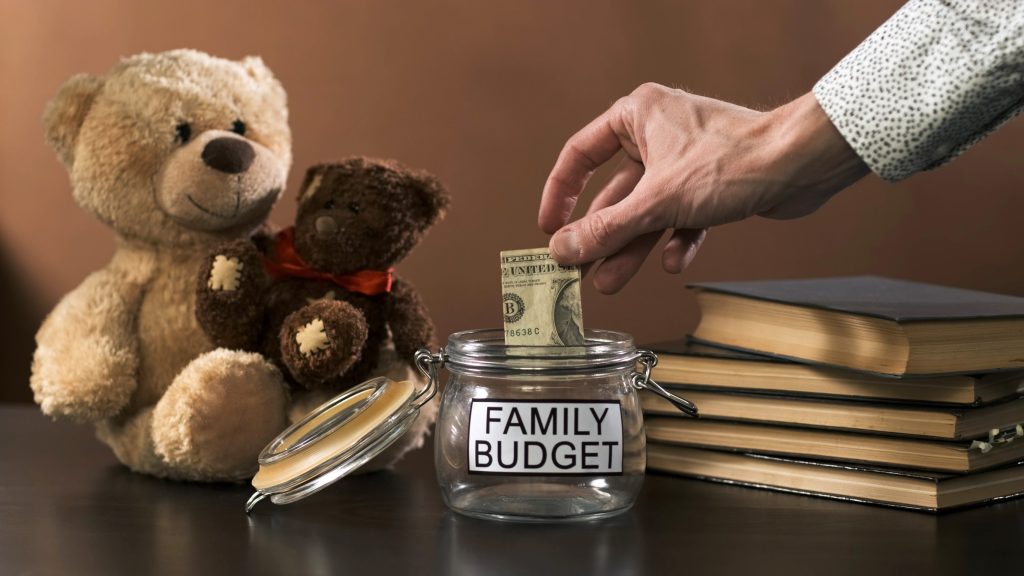
Money habits don’t magically appear in adulthood—they start forming in childhood, often long before kids know how to spell “investment.” If you want to raise a financially responsible child, it’s crucial to teach kids about wealth while their minds are still open, curious, and ready to learn. The good news? You don’t need to be a millionaire yourself to make it happen. By building simple lessons into your daily routines, you’re not just teaching money—you’re empowering future decision-makers who understand the value of time, effort, and smart planning.
1. Start With the Value of Earning
If you want to teach kids about wealth, you have to begin with where money comes from—work. Giving your child a weekly allowance tied to age-appropriate chores helps them connect effort with income. It doesn’t need to be huge; even a few dollars make a strong impression when kids earn it themselves. This setup introduces budgeting opportunities and encourages questions about spending, saving, and working for more. Earning their own money builds confidence and instills respect for the labor behind each dollar.
2. Make Saving a Fun Habit
Piggy banks are fine for toddlers, but as your child gets older, it’s time to upgrade their saving strategy. A clear jar, labeled envelopes, or even a basic savings account can make the saving process more visual and engaging. To effectively teach kids about wealth, show them how small amounts grow over time. Match their savings to create a “parent interest rate,” or help them set a goal for a big item they want to buy. When kids see saving as empowering instead of restrictive, they’re more likely to keep doing it.
3. Introduce the Concept of Investing
You don’t have to dive into the stock market to get the point across. Teaching compound interest using easy-to-follow examples (like doubling pennies or planting seeds) is a great way to teach kids about wealth and long-term growth. Older kids might enjoy apps that simulate investing or allow real micro-investing with parental supervision. You can even explain how you invest for their college fund or retirement to make the concept real. When children grasp the idea of making money work for them, they stop seeing wealth as something that only happens with luck.
4. Let Them Make (Safe) Financial Mistakes
No one becomes financially savvy without learning from a few hiccups. If your child blows their allowance on candy and then regrets it, that’s a win—because the cost of that lesson is far cheaper now than later in life. Part of how you teach kids about wealth is by stepping back and allowing natural consequences. Instead of rescuing them, ask thoughtful questions like, “What might you do differently next time?” These small stumbles help develop resilience, decision-making skills, and a better understanding of opportunity cost.
5. Normalize Talking About Money
In many households, money is a taboo topic—but when you’re working to teach kids about wealth, openness is key. Talk about budgeting while shopping, discuss why you’re choosing one brand over another, or explain how you’re saving for a family trip. You don’t need to get into every financial detail; just involve your child in conversations where money plays a role. The more they hear healthy, confident dialogue around finances, the more likely they are to adopt that mindset as they grow.
Building a Financial Legacy That Lasts
You don’t have to wait until high school economics to teach kids about wealth—you can start now, in everyday moments, with lessons that are simple but powerful. By combining hands-on experiences with open conversations, you’re giving your child one of the most valuable gifts: financial literacy. And when that knowledge becomes part of who they are, the path to becoming a future millionaire doesn’t seem so out of reach after all.
What’s one money lesson you wish you’d learned earlier in life—and how are you passing it on to your kids? Share your stories in the comments below!
Read More:
15 Surprising Ways Your Daily Habits Impact Your Finances
Top 5 Personal Finance Apps for Kids
Catherine is a tech-savvy writer who has focused on the personal finance space for more than eight years. She has a Bachelor’s in Information Technology and enjoys showcasing how tech can simplify everyday personal finance tasks like budgeting, spending tracking, and planning for the future. Additionally, she’s explored the ins and outs of the world of side hustles and loves to share what she’s learned along the way. When she’s not working, you can find her relaxing at home in the Pacific Northwest with her two cats or enjoying a cup of coffee at her neighborhood cafe.








